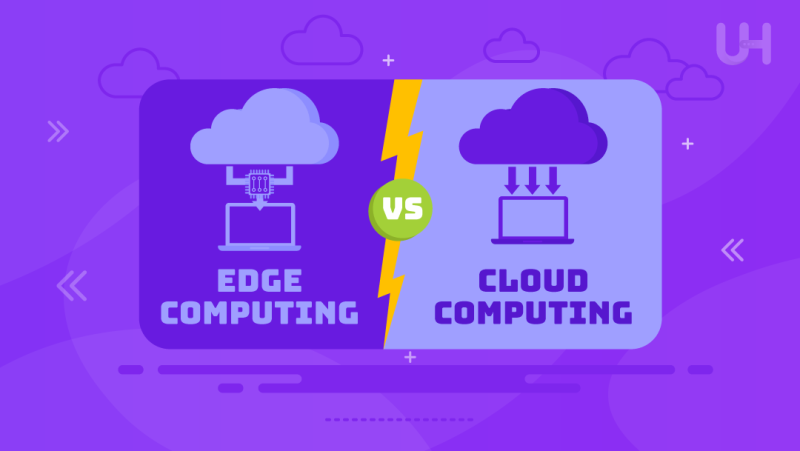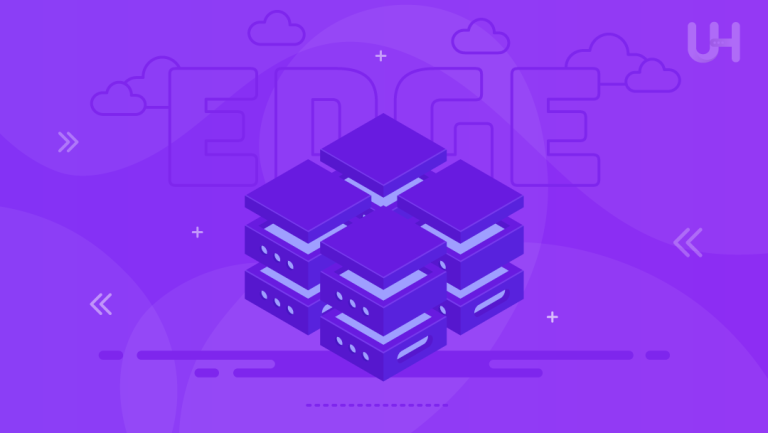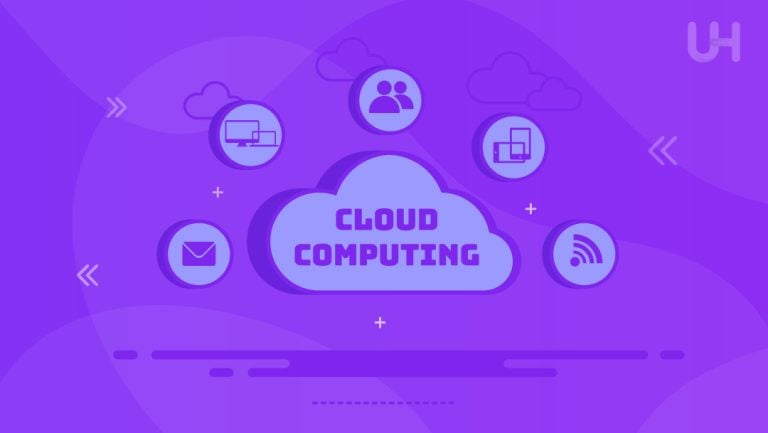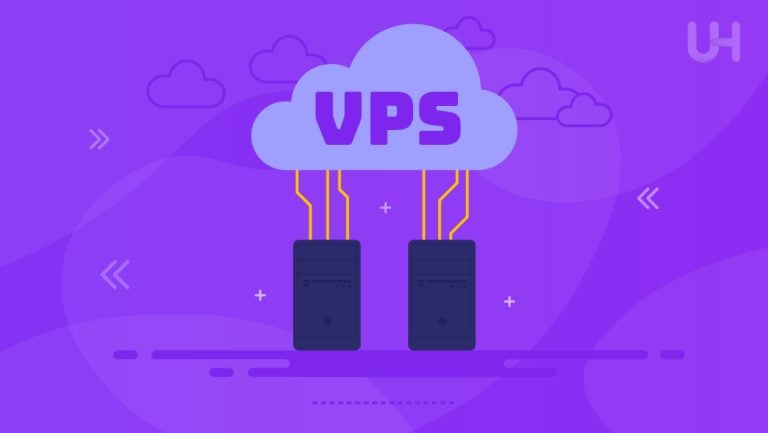Understanding the difference between edge computing vs cloud computing becomes pretty much imperative in this day and age of technology. Strong frameworks are both, no doubt, for data storage, processing, and accessibility. However, each of them operates in a different light, securing different purposes. While edge computing brings computation closer to sources of data, thus optimizing speed and reducing latency, cloud computing centralizes data and its processing in a remote server, which is scalable and convenient.
In this blog, we will dissect their differences, strengths, and use cases to help you make an informed decision. With the modern world moving businesses and people towards seamless, real-time processing, edge-cloud choices have become more significant.
Defining the Basics
The two varied ways of processing data include cloud computing vs edge computing, each suited for different applications and needs. Edge computing involves processing data closer to its source, for example, on a device or local server. This enables quicker responses and reduces the amount of data transmission to distant servers. This is perfect for IoT devices, autonomous vehicles, or healthcare monitoring systems that rely on real-time processing applications. Because edge computing is local, it ensures data latency is minimal, privacy is maintained, and bandwidth costs are reduced.
Cloud computing is a model in which most of the storage or processing is done by large, remote data centers and accessed over the Internet. It offers high scalability for enterprises storing large amounts of data or requiring collaboration software or machine learning workloads hosted on robust computers. Cloud computing does introduce delays for some applications due to the long distance the data travels. However, it offers cost-effectiveness, ease of maintenance, and high computational resources fitting for high click-through rates with no need for real-time data processing.
How They Work
Understanding how edge and cloud computing work, each has applications in which one will be more suited than the other. Wide differences in how both approaches operate involve how data is treated regarding processing and storage, speed, efficiency, and scalability. Unique mechanisms behind each computing model are discussed in further detail below.
Edge Computing
Edge computing works in such a way that edge computing enables the processing of data closer to the source, say, on a device or sensor or the nearest server. The data would not reach a hyper-scale or centralized cloud data center. Such local processing achieves less time for analyzing data, allowing real-time or near real-time responses. Since this approach keeps most of the data nearby, it minimizes network congestion and reduces data transfer costs. This makes it particularly useful for applications requiring autonomously driven vehicles, IoT devices, and remote healthcare monitoring, where real-time response and lower bounce rates are necessary.
Cloud Computing
Cloud computing operates through centralized resource pools that enable large data storage processing and management. Users and businesses use these resources over the Internet, which provides scalable storage, powerful computation, and collaborative access to resources and anywhere access. This places most of the resources in one centralized model, making it cheaper since less maintenance is needed on local hardware. This might be used in the cases of file storage and software deployment, analysis of data, or training of machine learning models at different points. There may be some latency in cloud computing but flexibility with extensive processing power to support high-scale, data-centric applications.
Core Differences
- Data Processing Location: Edge computing processes data closer to where it occurs on a local device or a server, while in cloud computing, processing occurs in remote data centers via the Internet. Therefore, this reflects much in the speed of response times and distance data must travel.
- Latency: With edge computing, latency is reduced since the data transmission distances can be kept to a minimum, and the response times are quicker. This is quite critical in real-time applications. More pronounced latencies occur in cloud computing since one often needs to send data to servers farther away.
- Scalability: High scalability in cloud computing enables businesses to increase storage and processing power with minimal setup. In contrast, edge computing systems are less scalable, bounded by the capacity of the local devices and infrastructure.
- Bandwidth Utilization: In edge computing, bandwidth utilization is reduced since data processing happens more locally, implying less network transfer. In the case of cloud computing, bandwidth utilization could be high due to its requirement for continuous access to the internet.
- Security and Privacy: With edge computing, sensitive information can stay locally within the device, improving data privacy. Cloud computing does the opposite: it relies on strong security measures at a remote location to protect the data throughout the servers.
Data Processing Location
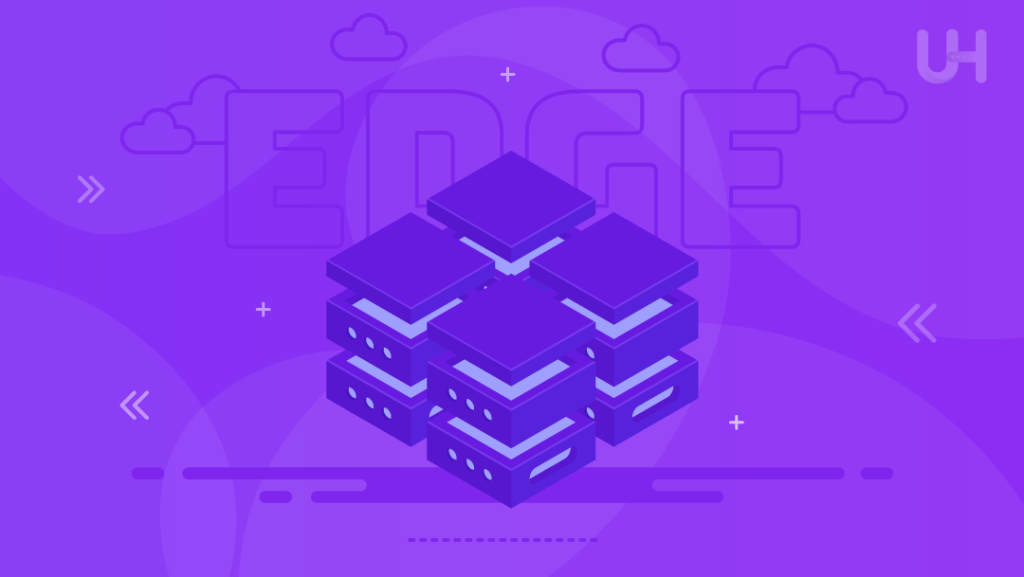
The actual place of processing matters greatly regarding computing systems’ performance, speed, and security. There are large differences between edge computing vs cloud computing concerning how data is handled, which has consequences for efficiency and suitability for different applications. Let’s explore these differences.
Where Data Lives
In edge computing, data resides close to the source, typically on local devices or nearby servers, with a minimum necessity of its transmission to distant data centers. This proximity allows for quicker processing and immediate responses, which are vital for applications requiring real-time data handling-for example, autonomous driving or industrial automation. Cloud computing, however, shifts data storage into centralized data centers, normally far from users and operated by service providers. It means the data is transmitted via the Internet to these facilities, which then process and store the information. This centralized model supports large-scale data management but is possibly not best for time-sensitive applications.
Impact on Performance
The data processing location directly affects system performance. Edge computing improves it by reducing the distance data must travel; it reduces latency and unlocks real-time responsiveness. Such an architecture is ideal for applications that need this immediate action-IoT or VR programs, for example, where even minor delays break functionality. In turn, cloud web server computing centralizes processing and may introduce latency due to the long distances the data travels. These will provide powerful computational resources, but the increased latency is unsuitable for every application requiring instant data handling. Therefore, edge computing will be preferred in those cases.
Boost Speed and Security with Cloudflare Server!
Enhance your website’s performance and security with Cloudflare Server from UltaHost. It combines the scalability of cloud computing with optimized speed. This makes it an ideal solution for businesses seeking reliable, low-latency, and secure online operations.
Speed and Latency
Speed and latency will also be major comparisons between edge computing vs cloud computing. The proximity of data processing really does affect response times a great deal, which will make one more suitable than the other depending on real-time application requirements and dependency on the network.
Edge Computing
Edge computing reduces latency by a large margin because data processing occurs right at or near the source. This minimizes the need for data to travel long distances to centralized servers. This proximity enables near-instantaneous data analysis and response times, which are crucial in applications requiring real-time feedback-for instance, in autonomous vehicles, industrial machinery, and remote healthcare monitoring. Edge computing offers more reliable solutions in lower connectivity environments by reducing dependency on constant network connections. Thus, critical operations would not experience delays even when network speeds are inconsistent or connectivity is unreliable.
Cloud Computing
While powerful in processing, cloud computing usually has higher latency than edge computing. It is because of the travel distance to the data’s centralized servers. In cloud systems, data has to go over the internet to data centers; real-world applications show slower responses. However, cloud computing is still very effective for applications that do not require immediate feedback, such as data storage, complex data analysis, and large-scale computations. With cloud environments, the more intensive processing power and handling of voluminous data motivate the platform as ideal, particularly for applications dealing with machine learning, data backup, and enterprise software solutions.
Security Concerns
Security also becomes a gating factor in choosing between edge computing and cloud computing, each model bearing different risks and advantages. Edge computing can improve privacy since data travels less from its source and does not always need to be transferred to central servers.
Edge computing reduces exposure to cyber threats in transit while providing challenges in managing security over many distributed devices. Each edge device can become a potential vulnerability, making comprehensive security protocols and regular updates essential to prevent breaches. Cloud computing is based on the principle of a central server that well-seasoned providers usually control. These providers introduce heavy security features, including encryption, intrusion detection, and two-factor authentication.
On the other hand, the fact that cloud computing is centralized regarding storage servers and processing makes it a very attractive target for cybercriminals. Additionally, data in transit over the internet are vulnerable to intercepts. While edge and cloud computing require conscientious security practices, each model requires different architecture approaches for the safety and privacy of data.
Comparing Features
Here is a simplified comparison of edge computing vs cloud computing technologies:
| Features | Edge Computing | Cloud Computing |
| Location | Local | Remote |
| Latency | Low | High |
| Scalability | Limited | High |
| Connectivity | Optional | Required |
| Data Processing | Distributed | Centralized |
| Real-Time Support | Strong | Moderate |
| Security Focus | Device | Network |
| Maintenance | High | Low |
Choosing the Right Fit
Choosing between edge and cloud computing will depend on application needs, resources, and performance requirements. This is ideal for real-time applications where latency concerns them. It varies from autonomous vehicles and other IoT devices to augmented reality. Where your use case relies on consistent performance, including in areas with limited connectivity, edge computing handles data best locally. The trade-off is that it requires more distributed infrastructure and device-specific security management.
On the other hand, cloud computing suits applications that need much storage, scalability, and complex data analysis, such as data backup, software hosting, or machine learning. Clouds make it easy for companies to scale up storage and processing resources and are generally much more affordable for large volumes of data in processing. While there may be some latency in operation, cloud services offer powerful security and maintenance support, reducing the user’s workload. The best option will balance real-time needs, scalability, and resource considerations.
Conclusion
Both edge computing or cloud computing address critical solution spaces, each well-matched for different use cases and needs. Edge computing is particularly good at applications needing low latency and near real-time processing near the data source. It is well-suited for IoT, autonomous systems, and other disconnected environments. Cloud computing, being highly scalable with huge resources, applies to applications requiring large-scale data storage, processing, and sharing.
Optimize performance and reduce latency with UltaHost’s Fast Virtual Server hosting. It offers localized, dedicated resources closer to users, perfect for edge computing needs. This ensures faster response times.
FAQ
What is the main difference between edge and cloud computing?
While edge computing processes information near the source, cloud computing does the same with data in faraway data centers.
Which is faster, edge or cloud computing?
Generally, edge computing is faster for real-time applications because of the lower latency resulting from localized data processing.
Is edge computing more secure than cloud computing?
With edge computing, privacy can be improved as data stays within the device, but a strong security system must be provided for each device. On the other hand, cloud computing has strong security, but it’s centralized and may be vulnerable during transit.
When to use edge computing?
Edge computing is utilized for applications that require real-time responses, such as IoT devices, autonomous vehicles, and remote monitoring systems.
What are the scaling differences between edge and cloud computing?
Cloud computing is highly scalable and suitable to meet specific growing needs, whereas edge computing is limited to the capacity of local infrastructure.
Does edge computing require an internet connection?
No, edge computing can work offline, which is extremely helpful in areas of unstable connectivity.
Is it possible to integrate both edge and cloud computing?
Yes, most systems use a hybrid approach. They combine edge computing to process information locally, while storage or higher-end analyses are performed on the cloud.





